I'm using Translucent Navigation bar by adding below attribute to make my app mobile nav menu looks like some Google apps where mobile nav bar is a bit transparent and content will visible through it.
<item name="android:windowTranslucentNavigation">true</item>
I don't want my views to go under it. I just need it when there is More content to scroll on screen like when there is a scrolling activity or in recyclerview. But at the end I need my activity views to not overlap by it.
Any suggestions please...

